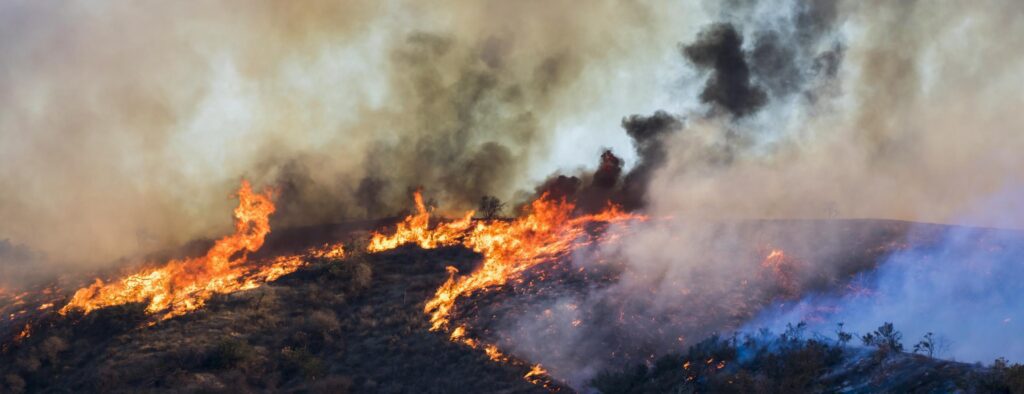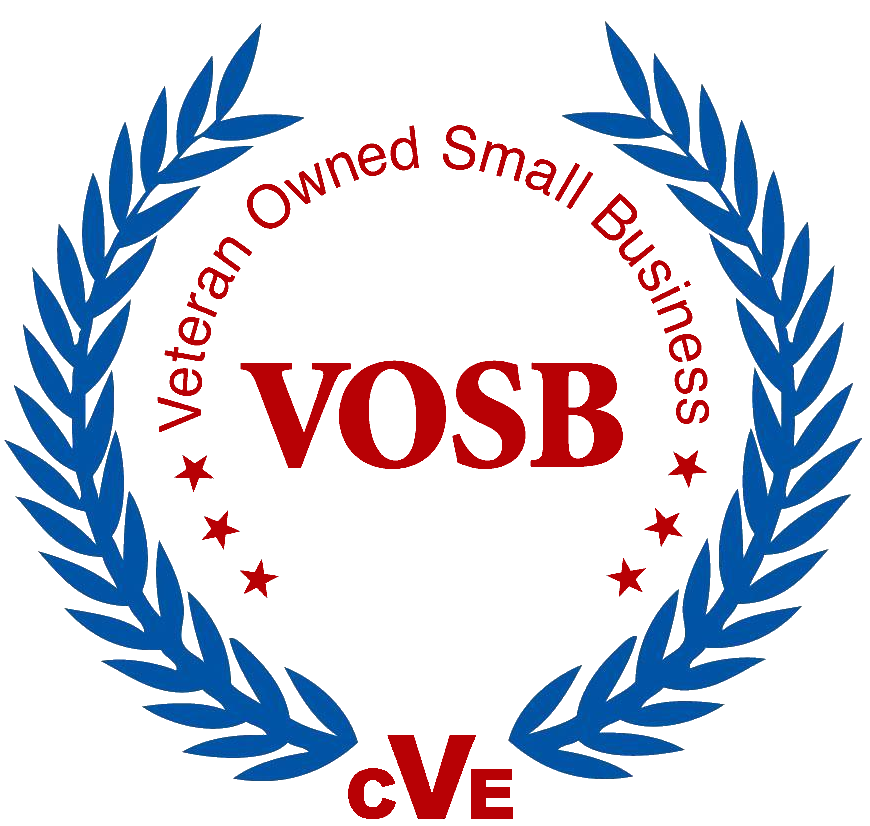
California is surrounded by gorgeous mountains and pristine beaches and is often called the Land of Milk and Honey. This massively populated state is home to surfers, vineyards, Death Valley, Hollywood, and Disneyland – a true eclectic paradise nestled along the western coast of the United States.
Unfortunately, what it’s maybe even more famous for, especially in recent years, is the nasty habit of having massive wildfires that wreak havoc on its citizens.
The 2018 Fire Season
While there are several thousand wild fires every year in California, the 2018 fire season was particularly bad for the state. In what was the largest and costliest natural disaster of the year, nearly 100 people lost their lives in the Northern part of California. Dubbed the “Camp Fire,” roughly 9 million acres of land were destroyed, including almost 1,900 commercial and residential buildings, bringing the estimated cost of the destruction to roughly 17 billion dollars.
At almost the exact same time; there was another fire burning in the Malibu/Thousand Oaks area dubbed the “Woolsey Fire” that claimed the lives of 3 Californians as well destroying over 1,500 buildings and burned through nearly 100,000 acres of land.
The combination of these two fires caused over 81,000 people to evacuate their homes. Two other major fires, the “Mendocino Fires” and the “Carr Fires” claimed another half-million acres of land and even created a horrifying event known as a “fire tornado.” The cost of these fires was nearly a billion dollars in damages and insurance claims.
The Effects of Wildfires
The impact and lasting effects of wildfires are felt on many levels. Economically speaking, the damage cost the state billions of dollars. Wildfires like these affect local communities and destroy property, often times places of historical or cultural significance. Probably felt most widely is the effects these fires have on the environment.
Wildfires directly impact ecosystem services through damage caused to the vegetation and soil, which can result in loss of valuable habitat and associated wildlife. Exposed soil and peat are at increased risk to wind and water erosion, with water run-off causing discoloration of drinking water. Wildfires also emit substantial amounts of volatile and semi-volatile organic materials and nitrogen oxides that form ozone and organic particulate matter.
In areas like San Francisco, these air pollutants mix with the natural heavy fog layer created by the coastal climate to create a smog layer that negatively impacts the health of all those who live under it. First responders to wildfires are particularly susceptible to these air pollutants. In addition, the formation of other pollutants as the air is transported can lead to harmful exposures for populations in regions far away from the wildfires.
A Call to Action
In July of 2019, as a response to these horrific fires, California lawmakers rushed to pass a new set of regulations that would require employers to choose between three options to better protect their employees from the increased smog and air pollution.
These options include:
1. Relocate employees to an area that has cleaner air.
2. Move employees inside a building or vehicle that has proper carbon-based, air filtration systems built in.
3. Provide employees with respirators, such as the N95 masks popular last year, for voluntary use.
The 11-page rule, adopted by the Occupational Safety and Health Standards Board (OSHA), came in response to a petition submitted in December by labor advocates who said California’s catastrophic wildfires in 2018 and other recent years “demonstrate the need for protection for workers” whose jobs expose them to unhealthy air.
The petition called for protection of workers in agriculture, construction, landscaping, maintenance and commercial delivery, as well as those involved in evacuations, such as nurses and educators, but the rule applies to all work performed in smoke-fouled air, including open shops or buildings. While these regulations were passed recently, they could take up to a year to fully implement and employers are encouraged to take appropriate actions immediately.
Choosing an Industrial Air Filtration System
A large majority of today’s modern workforce takes place inside of commercial or industrial buildings. As a result, the need for proper industrial air filtration is paramount to the health and safety of your employees and more so, is now required by these new regulations in California. This goes double for certain industries such as machine or automotive shops, bakeries, agricultural shops, technology production facilities and any industrial building that produces fumes, debris, smoke, and chemicals.
But how do you know what system is best for your particular business needs? Here are some guidelines for determining the best system for your business:
1. First and foremost, measure the space and the size you need to ventilate and calculate the Cubic Feet Per Minute (CFM) needed to clean that space properly.
2. Consider the mobility and ease of installation for the HVAC air filter system. Placement is critical and will vary with the size of your building or workspace. Knowing where to properly place the system will greatly improve the effectiveness of the unit as well as make moving the system easier as your business grows. This is a good reason to call an installation specialist such as Advanced Filtration Concepts.
3. The name of the game here is efficiency. You want a system that is reliable while being as efficient as possible. This will help keep the costs associated with running as well as maintaining the system relatively low. Keep in mind that outside ventilation systems will drive up the costs of operation during the different seasons.
4. Be aware of the cost and availability of replacement commercial air filters. Some filters are more universal than others and choosing a filter that is hard to replace will only cause headaches for you later on. We suggest a carbon-based filter as they are wildfire-efficient, made of reliable and durable material and have a low replacement cost.
5. Choose a brand name that is recognizable, recommended by peer businesses or has a reputation you feel you can trust. Nothing is worse than saving money on a filtration system or filter from an unknown quantity as it puts the health of your employees at stake and will likely cost you more in replacement costs later on.
Check out the full product line of high-quality air filters from Advanced Filtration Concepts for some of the best filtration options on the market today.

Advanced Filtration Concepts is a
Certified Veteran-Owned Small Business.
